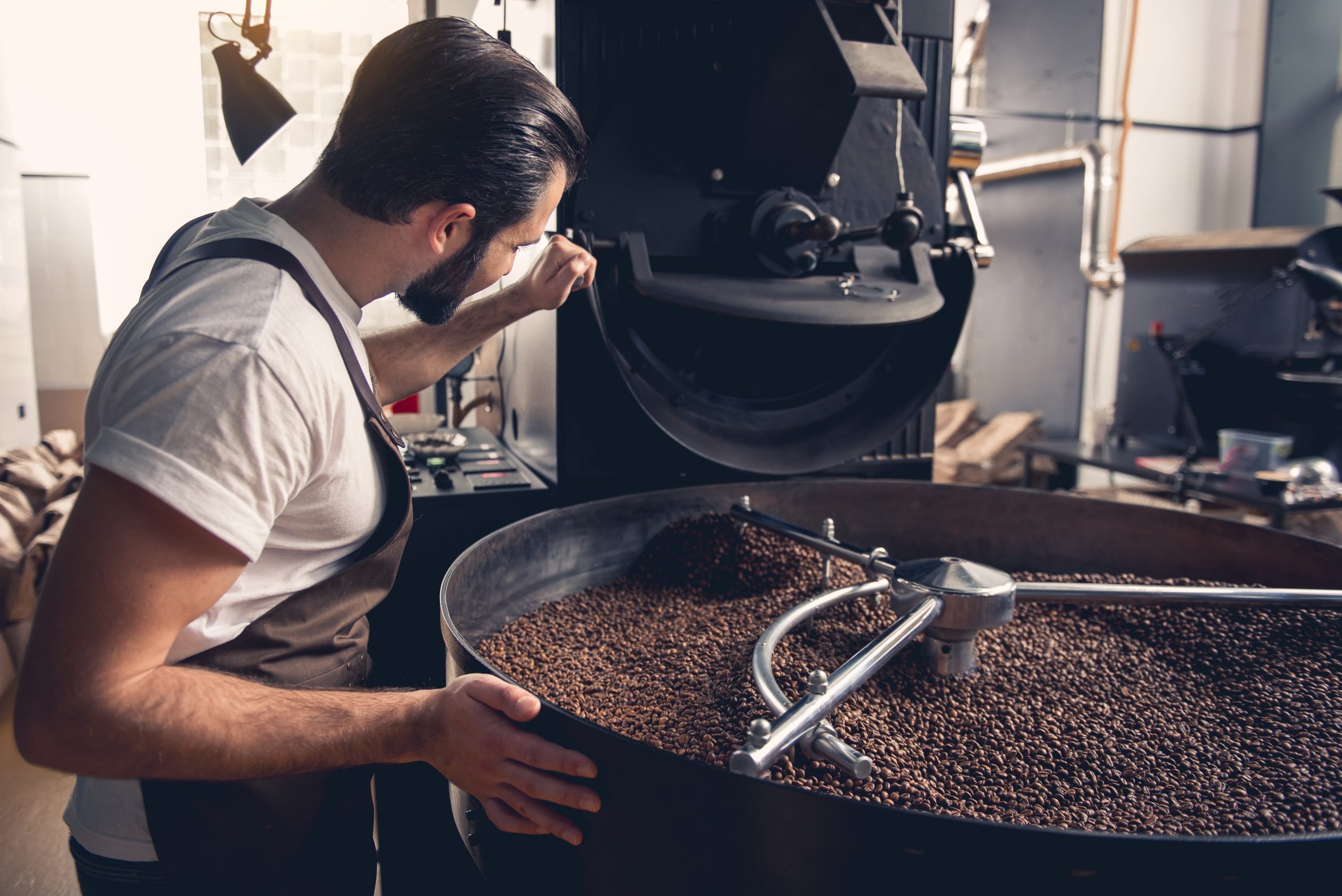
A Different Sip
Every coffee lover has a favorite. Do you sip only single-origin Colombian or Brazilian? Perhaps you prefer flavored varieties, with vanilla, pecan or hazelnut added. Even if you’ll drink any dang bean that has caffeine, surely you go for one or two grocery-store brands over the others. But have you ever noticed elusive chocolate, caramel, or orange-peel notes in a well-roasted Colombian coffee, or strawberry and lychee peeking out from behind the cocoa coolness of an Ethiopian bean? A coffee revolution — fermentation — is now bringing those fruity and floral flavors into the spotlight, front and center.
Coffee Traditions
The coffee cherry is similar to the cherries you eat and other stone fruit, with a tough outer skin, a pulpy middle, and a hard seed at the center. It’s the seed that eventually becomes the coffee bean. Simply drying these coffee cherries in the sun was the traditional method of reaching the bean, but coffee processing has been refined in various ways as coffee has moved from continent to continent and region to region throughout history.
Dry-processed or natural coffee is still a treasured processing method, in part for the flavors and lightness it can bring out of the bean. Wet-processed or washed coffee was developed as coffee production grew into a worldwide trade. Both methods have their variations and subtleties, designed to bring out the flavor imparted to a bean by its breeding, terroir, and seasonal growing conditions.
Lately, growers have developed a new option for tapping into those flavor notes, within either wet and dry processes: a new fermentation step. This is an emerging trend; still somewhat loose and experimental. The industry hasn’t even settled on a standard name for this processing step. It’s been called “experimental fermentation,” “cultured fermentation,” and “controlled fermentation.” Fermented coffees tend to accentuate existing citrus and floral notes that have always been present in the finished coffee, just not front and center.
Some fermented coffees, once roasted and cupped, are even likened to fruit juice. It’s still coffee, of course, but often with startling new flavor dimensions.
Freshening Up Flavors
It’s important to stop here and point out that fermentation has almost always been a part of refining coffee cherries into unroasted or “green” coffee beans through dry or wet processing methods.
The dry or “natural” process involves spreading coffee cherries out in the sun to loosen the skin, shrink and harden the pulp. The cherries are raked or shuffled to ensure they dry evenly. The skin, pulp, and mucilage are then removed in one or two steps, leaving only the coffee bean. With naturals, the experimental fermentation stage often takes.…
By Matt Havard
EXCERPT ONLY. CLICK TO READ THE FULL ARTICLE.
This is an excerpt from the latest issue of Porthole Cruise and Travel Magazine. To continue reading, click above for a digital or print subscription.
Porthole Cruise and Travel Magazine
Now in its 25th year, Porthole Cruise and Travel Magazine is published bi-monthly and available worldwide through digital subscription. It offers the latest news in cruise and travel, with in-depth features on voyages, new ships, the best destinations, readers' picks, onboard cuisine, entertainment, and more!
You may also like
Glorious Food – Singing the Praises of Cruise Cuisine
Singing the praises of cruise cuisine I’m hungry for a cruise…I’m hungry for a cruise…I’m
Chocolate Journeys with Princess Cruises | Cruise News – Dec. 3, 2015
Chocolate Journeys with Princess Cruises Cruise News – Dec. 3, 2015 Princess Cruises, along wi
Five Faves: Cities of Chocolate
Porthole’s Five Faves Cocoa Cruising Five favorite destinations for chocolate lovers For those









